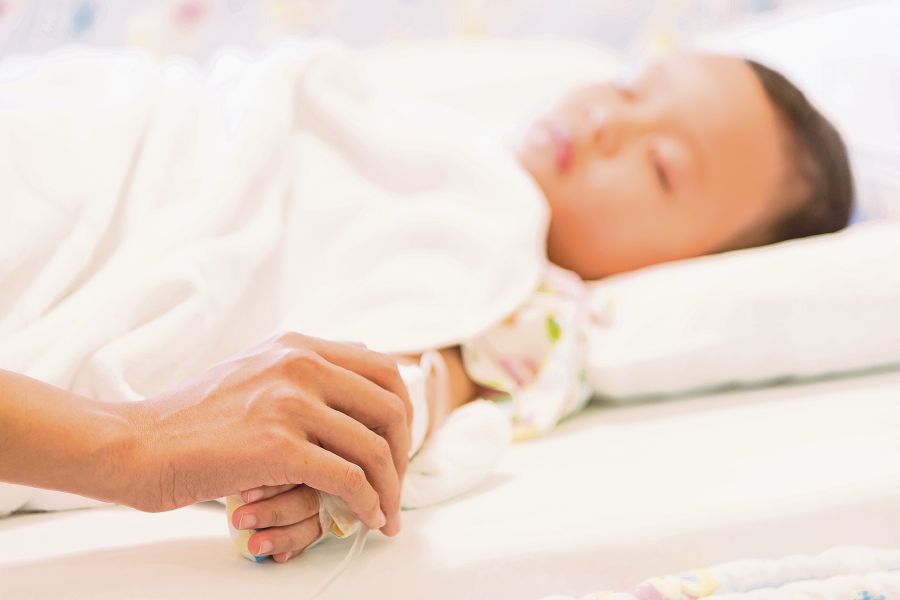RESPIRATORY distress means difficulty in breathing. There are many causes, including lung and non-lung problems. The latter is rare. Having a blocked nose usually causes mild problems and no real distress.
Being mildly breathless can also be missed as your child may just be breathing fast or show mild in-drawing of muscles around the collar bone, chest ribs and upper stomach muscles.
You may also notice flaring of their nostrils. This will be more pronounced during play or exercise. As it progresses, there would be in-drawing even at rest. In more severe distress, they would be unable to speak even a few words or only cry intermittently.
In very young children and babies, they may not be able to feed and also appear very sweaty. When they start developing bluish lips and becoming restless because of low oxygen levels, an emergency situation has developed.

LUNG INFECTION
The most common cause of respiratory distress is a lung infection and the worst form of this would be pneumonia.
Young children and babies can get viral bronchiolitis. Another common cause would be asthma. We should also consider a foreign body causing respiratory distress in children. Sudden distress is usually a foreign body blocking the air tube.
Covid-19 causes respiratory distress too. However, we should be cautious about this as most childhood Covid-19 cases are asymptomatic. That means children with Covid-19 can appear to be very well and may spread the virus without realising it.
Treatment for respiratory distress would involve, first, identifying the cause. If you know your child has asthma, for example, you can first try using the inhaler to relieve the problem.
You should seek advice from your doctor if the problem is not getting better with whatever treatment you are giving or if the child's distress is getting worse.
On the way to the emergency department, keep your child in a sitting position with his head tilted back to keep the airway open.
The important thing is to seek help early if there is distress. If, for example, your child is asthmatic and there's no relief, even with medication, then seek help from the accident and emergency department of a hospital immediately. If you are not sure how to remove a foreign body, like doing the Heimlich manoeuvre, then you should also seek help immediately.
Aside from a fever, rapid breathing should also be a cause of concern. If you have controlled the fever and still find your child distressed, you should seek help from your physician.
SIGNS OF DANGER
Fast breathing
Can be difficult to notice so use your best judgment. You know your child.
In-drawing of muscles
This may be subtle and require observation.
Flaring nostrils
Especially significant if noticed at rest. Difficulty in drinking milk (in babies).
Bluish lips
A danger sign
*The writer is a paediatrician at Pantai Hospital Klang.




